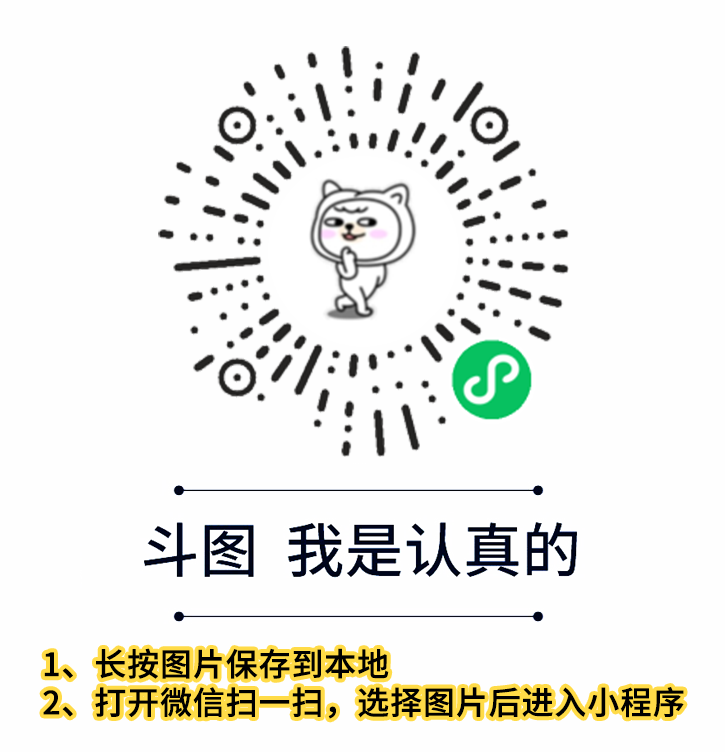Tapestry 内置组件
本章通过合适的示例解释了 Tapestry 的内置组件。 Tapestry 支持超过 65 个内置组件。您还可以创建自定义组件。让我们详细介绍一些值得注意的组件。
如果组件
if 组件用于有条件地渲染块。条件由测试参数检查。
创建一个页面
IfSample.java 如下所示-
package com.example.MyFirstApplication.pages;
public class Ifsample {
public String getUser() {
return "user1";
}
}
现在,创建一个相应的模板文件如下-
<html t:type = "newlayout" title = "About MyFirstApplication"
xmlns:t = "http://tapestry.apache.org/schema/tapestry_5_4.xsd"
xmlns:p = "tapestry:parameter">
<h3>If-else component example </h3>
<t:if test = "user">
Hello ${user}
<p:else>
<h4> You are not a Tapestry user </h4>
</p:else>
</t:if>
</html>
请求页面将呈现如下所示的结果。
结果-http://localhost:8080/MyFirstApplication/ifsample

除非和委托组件
unless 组件 与上面讨论的 if 组件正好相反。而
delegate 组件 本身并不进行任何渲染。相反,它通常将标记委托给块元素。除非和如果组件可以使用委托和块来有条件地交换动态内容。
创建一个页面
Unless.java如下。
package com.example.MyFirstApplication.pages;
import org.apache.tapestry5.Block;
import org.apache.tapestry5.annotations.Property;
import org.apache.tapestry5.ioc.annotations.Inject;
import org.apache.tapestry5.PersistenceConstants;
import org.apache.tapestry5.annotations.Persist;
public class Unless {
@Property
@Persist(PersistenceConstants.FLASH)
private String value;
@Property
private boolean bool;
@Inject
Block t, f, n;
public Block getCase() {
if (bool == Boolean.TRUE ) {
return t;
} else {
return f;
}
}
}
现在,创建一个相应的模板文件如下-
<html t:type = "newlayout" title = "About MyFirstApplication"
xmlns:t = "http://tapestry.apache.org/schema/tapestry_5_4.xsd"
xmlns:p = "tapestry:parameter">
<h4> Delegate component </h4>
<div class = "div1">
<t:delegate to = "case"/>
</div>
<h4> If-Unless component </h4>
<div class = "div1">
<t:if test = "bool">
<t:delegate to = "block:t"/>
</t:if>
<t:unless test = "bool">
<t:delegate to = "block:notT"/>
</t:unless>
</div>
<t:block id = "t">
bool == Boolean.TRUE.
</t:block>
<t:block id = "notT">
bool = Boolean.FALSE.
</t:block>
<t:block id = "f">
bool == Boolean.FALSE.
</t:block>
</html>
请求页面将呈现如下所示的结果。
结果-http://localhost:8080/MyFirstApplication/unless

循环组件
循环组件是循环集合项并为每个值/迭代渲染主体的基本组件。
创建一个循环页面,如下所示-
Loop.java
package com.example.MyFirstApplication.pages;
import org.apache.tapestry5.annotations.Property;
public class Loop {
@Property
private int i;
}
然后,创建相应的模板Loop.tml
Loop.tml
<html t:type = "newlayout" title = "About MyFirstApplication"
xmlns:t = "http://tapestry.apache.org/schema/tapestry_5_4.xsd"
xmlns:p = "tapestry:parameter">
<p>this is sample parameter rendering example...</p>
<ol>
<li t:type = "loop" source = "1..5" value = "var:i">${var:i}</li>
</ol>
</html>
Loop 组件有以下两个参数-
source-集合源。 1…5 是用于创建具有指定范围的数组的属性扩展。
var-渲染变量。用于在模板正文中呈现当前值。
请求页面将呈现如下所示的结果-

页面链接组件
PageLink 组件用于将页面从一个页面链接到另一个页面。创建一个 PageLink 测试页面,如下所示-
PageLink.java.
package com.example.MyFirstApplication.pages;
public class PageLink {
}
然后,创建一个相应的模板文件,如下所示-
PageLink.tml
<html t:type = "newlayout" title = "About MyFirstApplication"
xmlns:t = "http://tapestry.apache.org/schema/tapestry_5_4.xsd"
xmlns:p = "tapestry:parameter">
<body>
<h3><u>Page Link</u> </h3>
<div class = "page">
<t:pagelink page = "Index">Click here to navigate Index page</t:pagelink>
<br/>
</div>
</body>
</html>
PageLink 组件有一个 page 参数,它应该引用目标挂毯页面。
结果-http://localhost:8080/myFirstApplication/pagelink

EventLink 组件
EventLink 组件通过 URL 发送事件名称和相应的参数。创建一个 EventsLink 页面类,如下所示。
EventsLink.java
package com.example.MyFirstApplication.pages;
import org.apache.tapestry5.annotations.Property;
public class EventsLink {
@Property
private int x;
void onActivate(int count) {
this.x = x;
}
int onPassivate() {
return x;
}
void onAdd(int value) {
x += value;
}
}
然后,创建一个相应的"EventsLink"模板文件如下-
EventsLink.tml
<html t:type = "newlayout" title = "About MyFirstApplication"
xmlns:t = "http://tapestry.apache.org/schema/tapestry_5_4.xsd"
xmlns:p = "tapestry:parameter">
<h3> Event link example </h3>
AddedCount = ${x}. <br/>
<t:eventlink t:event = "add" t:context = "literal:1">
Click here to add count
</t:eventlink><br/>
</html>
EventLink 有以下两个参数-
Event-EventLink 组件中要触发的事件的名称。默认情况下,它指向组件的 id。
Context-它是一个可选参数。它定义了链接的上下文。
结果-http://localhost:8080/myFirstApplication/EventsLink

点击计数值后,页面将在 URL 中显示事件名称,如以下输出屏幕截图所示。

ActionLink 组件
ActionLink 组件类似于 EventLink 组件,但它只发送目标组件 id。默认事件名称为 action。
创建一个页面"ActivationLinks.java"如下图,
ActivationLinks.java
package com.example.MyFirstApplication.pages;
import org.apache.tapestry5.annotations.Property;
public class ActivationLinks {
@Property
private int x;
void onActivate(int count) {
this.x = x;
}
int onPassivate() {
return x;
}
void onActionFromsub(int value) {
x-= value;
}
}
现在,创建一个相应的模板文件,如下所示-
ActivationLinks.tml
<html t:type = "Newlayout" title = "About MyFirstApplication"
xmlns:t = "http://tapestry.apache.org/schema/tapestry_5_4.xsd"
xmlns:p = "tapestry:parameter">
<div class = "div1">
Count = ${count}. <br/>
<t:actionlink t:id = "sub" t:context = "literal:1">
Decrement
</t:actionlink><br/>
</div>
</html>
这里,
OnActionFromSub 方法会在点击 ActionLink 组件时被调用。
结果-http://localhost:8080/myFirstApplication/ActivationsLink

警报组件
警告对话框主要用于向用户发出警告消息。例如,如果输入字段需要一些必填文本但用户没有提供任何输入,那么作为验证的一部分,您可以使用警告框来发出警告消息。
创建一个页面"Alerts",如下面的程序所示。
警报.java
package com.example.MyFirstApplication.pages;
public class Alerts {
public String getUser() {
return "user1";
}
}
然后,创建一个相应的模板文件如下-
警报.tml
<html t:type = "Newlayout" title = "About MyFirstApplication"
xmlns:t = "http://tapestry.apache.org/schema/tapestry_5_4.xsd"
xmlns:p = "tapestry:parameter">
<h3>Alerts</h3>
<div class = "alert alert-info">
<h5> Welcome ${user} </h5>
</div>
</html>
警报具有三个严重性级别,分别是-
信息
警告
错误
上述模板是使用信息警报创建的。它被定义为
警报信息。您可以根据需要创建其他严重性。
请求页面将产生以下结果-
http://localhost:8080/myFirstApplication/Alerts









